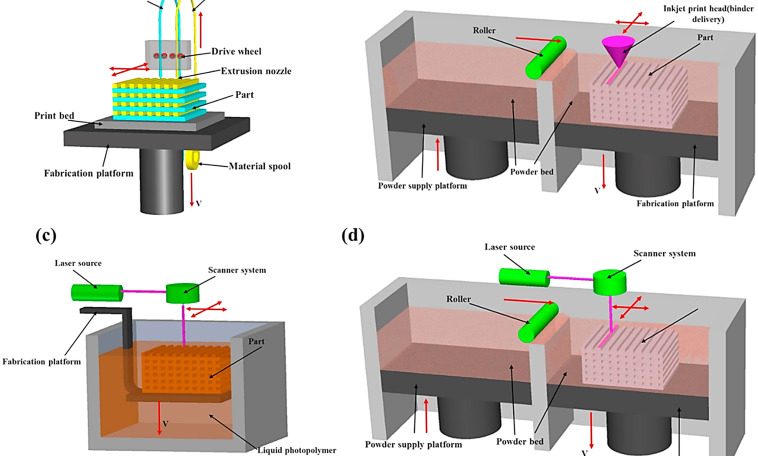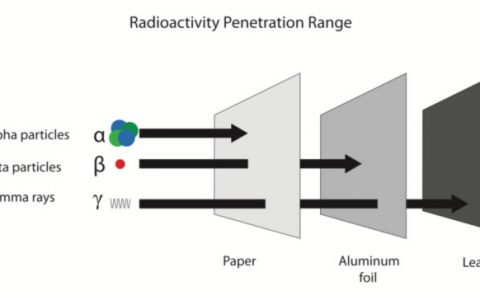
The European CARMOF project, working on new methods of reducing greenhouse gas emissions into the atmosphere, is up for employing nanotechnology and 3D printers to develop nanomaterial-based and 3D-printed collectors for a better CO2 capture, for the ceramic, petrochemical, and steel industries.
Sustainability is one of the main challenges of today’s society
In order to respond to this challenge, the European CARMOF project collaborated with the Spanish AIMPLAS, the Plastics Technology Institute, since last January and together aim to reduce the greenhouse gas emissions that are the biggest culprit of global warming.
CO2 capture is currently carried out using inefficient and energy-intensive technologies but the CARMOF project aims to build a new game-changing series of collectors for CO2 capture and separation based on the use of nanomaterials such as graphene, carbon nanotubes, and MOF, in combination with membranes.
Custom designed and manufactured using 3D printing technologies, these innovative structures will be installed at emission points in the ceramic, petrochemical and steel industries.
This project opens the way to unprecedented CO2 capture technology
From the point of view of the materials development, the planned innovations are related to an increase in the adsorption area of the materials, while CO2 recovery will be carried out by means of new highly efficient advanced heating technologies such as those made possible by the application of the Joule effect.
The project has a duration of 48 months and has received funding from the European Union’s H2020 research and innovation programme under grant agreement number 760884.
To date, the European CARMOF project involved a total of 15 partners from nine different countries from the European Union and beyond.
According to the researchers involved in the project, by using nanotechnology and 3D printers to develop new nanomaterials-based, 3D-printed collectors they will be able to implement a better CO2 capture which will reduce greenhouse gas emissions and the effects of global warming.





